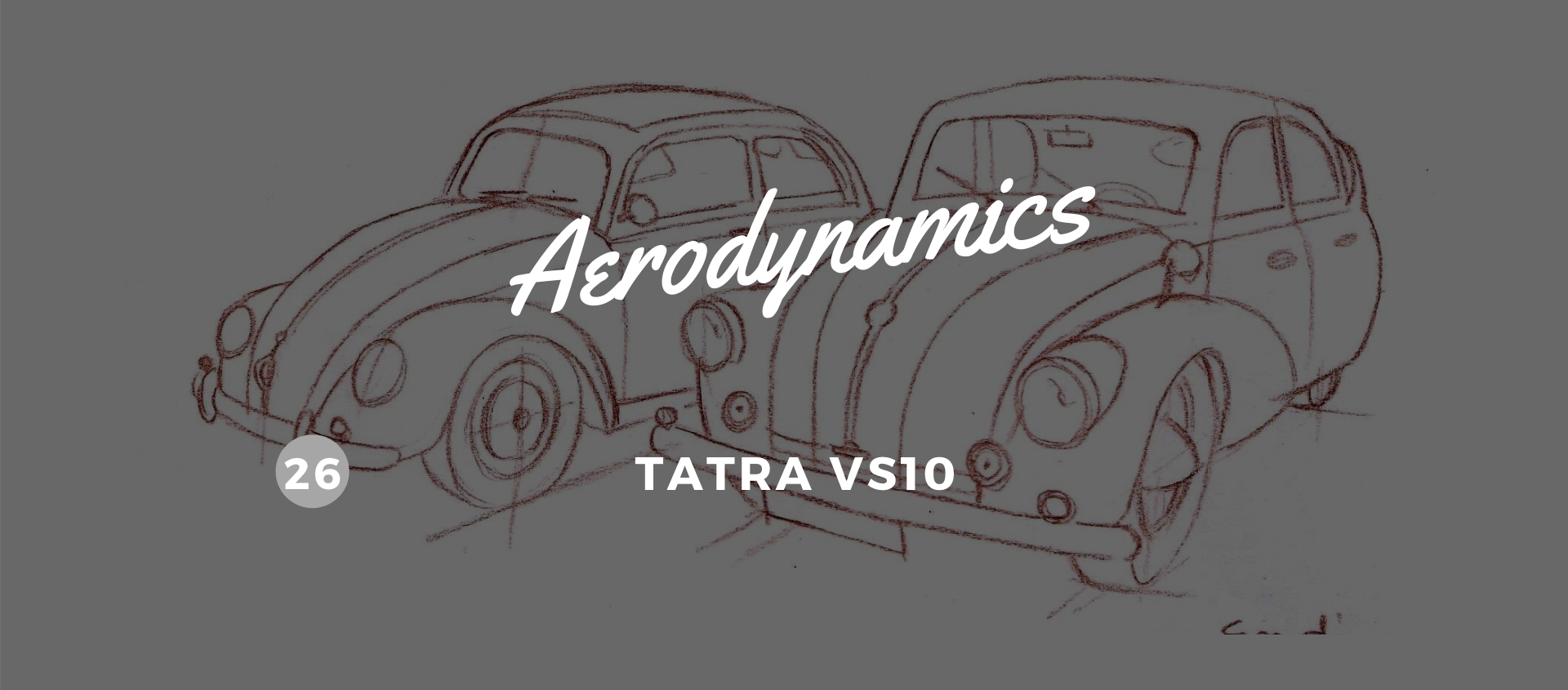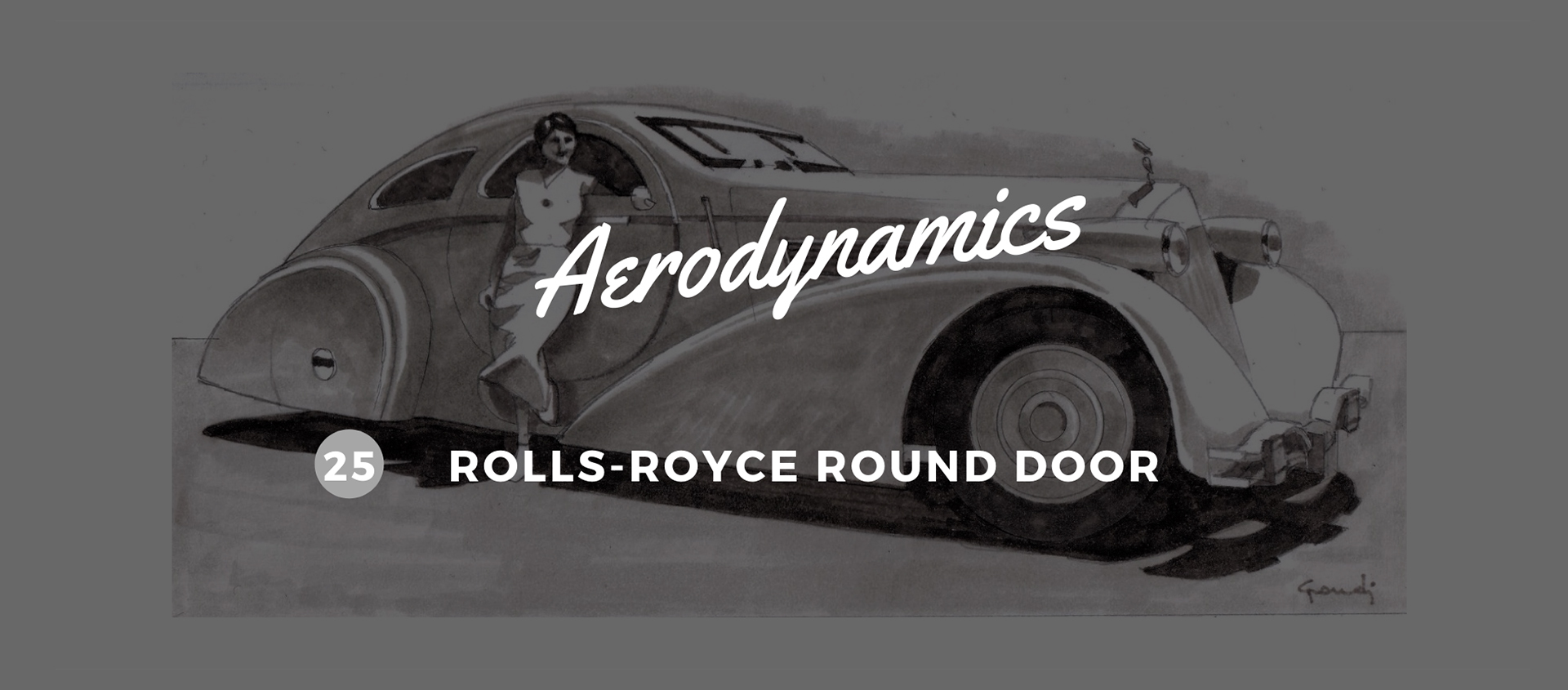Jankovits Aerospider
24 August 2020 1 min read 4 images

Making a car that is both beautiful and fast is no easy task. It takes talent, financial means and a great deal of skill. Gino and Oscar Jankovits, Alfa Romeo dealers in the Croatian city of Rijeka, used all three in the construction of their Aerospider, mixed with an unsolved mystery regarding the origins of their project. We will attempt to shed some light on the matter: the chassis is by Alfa Romeo and it has a very specific number: 700316 and the car was designed to mount a 12-cylinder engine at the rear, again by Alfa Romeo.
Register to unlock this article
Signing up is free and gives you access to hundreds of articles and additional benefits. See what’s included in your free membership. See what's included in your free membership.
Already have an account? Log In


